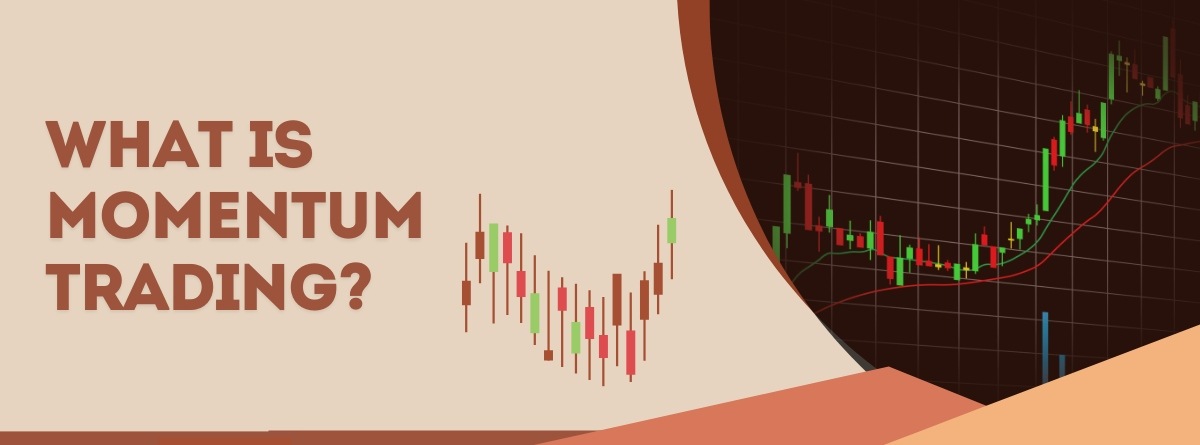Content
- What is Momentum Trading?
- Momentum Trading-Ways to Trade on the momentum
- How does Momentum Trading work?
- Elements of Momentum trading
- Momentum Trading Strategies
- Scenario of Momentum Trading
- Benefits of momentum trading
- Drawbacks of momentum trading
- Momentum Trading -The Process
- Conclusion
The investor buys a stock or an asset while its price shows significant upward movement or a positive trend. The investor aims to initiate transactions that benefit from the positive direction.
It is a probabilistic trading strategy that attempts to profit from predictability in the short-term price movements of a financial asset. Momentum trading strategies aim to take advantage of the exaggerated price move toward the prevailing trend, determined using multiple periods. This can be applied using technical analysis and is often compared to trends in more traditional investment markets such as currencies, bonds, and commodities.
More Articles to Explore
- Difference between NSDL and CDSL
- Lowest brokerage charges in India for online trading
- How to find your demat account number using PAN card
- What are bonus shares and how do they work?
- How to transfer shares from one demat account to another?
- What is BO ID?
- Open demat account without a PAN card - a complete guide
- What are DP charges?
- What is DP ID in a demat account
- How to transfer money from demat account to bank account
Disclaimer: Investment in securities market are subject to market risks, read all the related documents carefully before investing. For detailed disclaimer please Click here.
Frequently Asked Questions
To determine a stock's momentum, study its recent price movements with technical indicators such as Moving Averages, Relative Strength Index (RSI), and MACD. Expect positive trends, increased volumes, and solid relative performance against the market.
Indeed, depending on the trader's preferences and trading style, momentum trading can be used on a variety of time frames. Quick price swings are the main emphasis of short-term momentum trading, which might involve trades that are completed in a matter of minutes, hours, or days. Longer-term momentum trading, on the other hand, may include holding positions for weeks or months and looks at daily, weekly, or monthly charts to find persistent trends.
A high momentum stock is one that shows a strong and sustained upward trend in price over a short period, often supported by increasing trading volume. These stocks typically outperform the broader market and exhibit robust relative strength.
Indian traders frequently employ a range of indicators to gauge market movement. The Average Directional Index (ADX), Stochastic Oscillator, Moving Average Convergence Divergence (MACD), and Relative Strength Index (RSI) are a few often utilised indicators. These indicators support trends, provide possible entry or exit locations, and assist in determining when an asset is overbought or oversold.
Momentum trading carries risks such as mistiming trades, which can lead to significant losses if the trend reverses unexpectedly. The strategy often involves high transaction costs due to frequent trading, and it requires constant market monitoring. Additionally, momentum trading is sensitive to market conditions.




